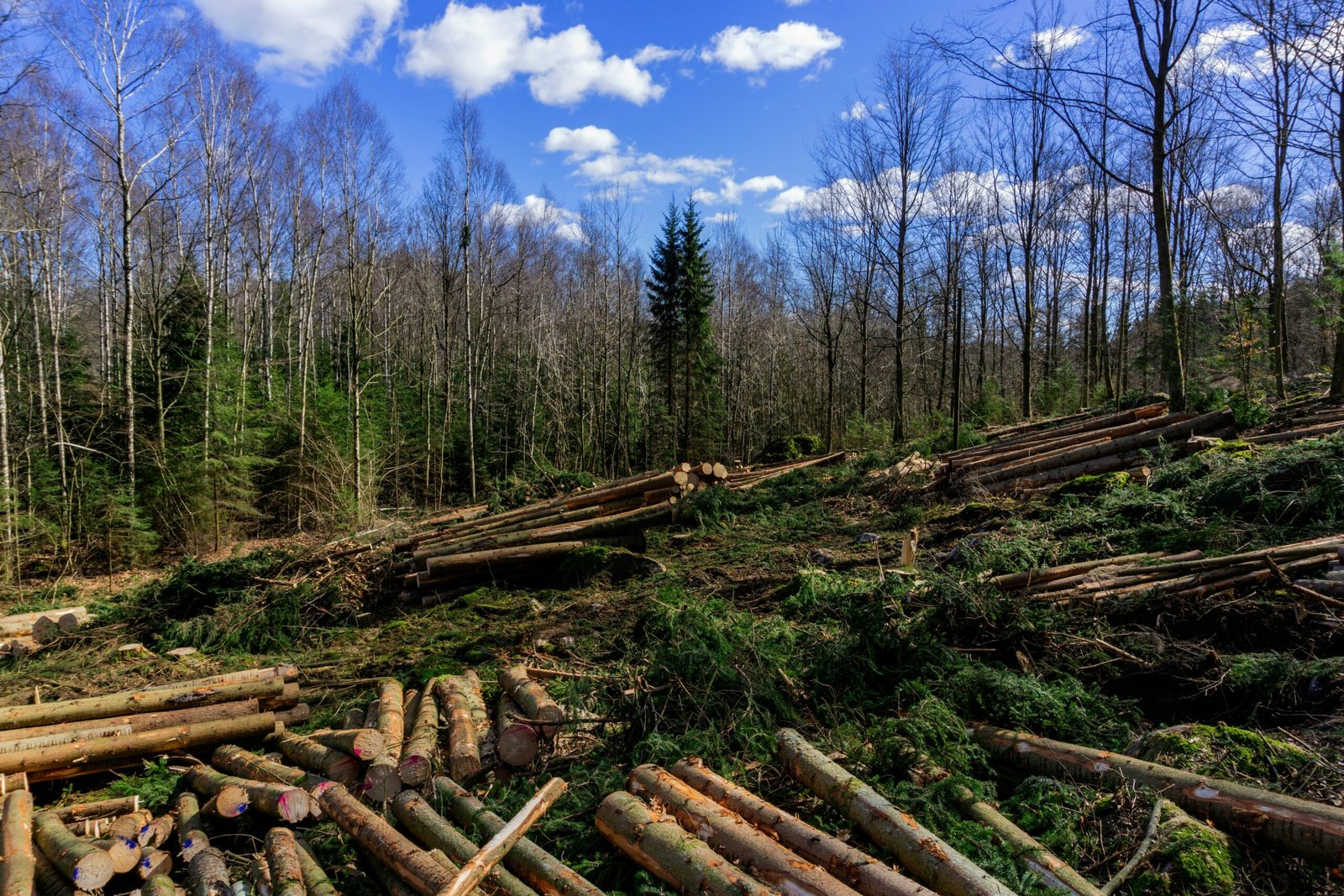Introduction
In today’s fast-changing world, conversations about sustainability are no longer reserved for environmental activists or green innovators—they are shaping the very core of how society moves forward. Whether it’s the way businesses operate, how households consume resources, or how individuals choose products, eco-conscious decisions are defining the future. The significance of these choices extends far beyond daily habits; they are actively influencing economic growth, climate stability, and the health of future generations.
This article explores the meaning of eco-conscious decisions, their long-term impact, and how adopting sustainable practices today can create a more responsible, balanced, and thriving tomorrow.
1. What Does It Mean to Be Eco-Conscious?
Being eco-conscious involves making choices with the environment in mind. It means considering how our actions—big or small—affect natural ecosystems, resource availability, and global sustainability efforts. For businesses, this could mean adopting renewable energy sources or switching to biodegradable packaging. For individuals, it may involve selecting products with minimal environmental impact, reusing materials, or supporting ethical supply chains.
Unlike trends that come and go, eco-consciousness is a mindset. It reflects a long-term commitment to reducing carbon footprints, conserving natural resources, and aligning daily actions with ecological well-being.
2. Why Eco-Conscious Decisions Matter
The decisions made today influence the quality of life for future generations. Here are key reasons why sustainability-driven choices are critical:
a) Protecting Natural Resources

From clean water and fertile soil to forests and oceans, our planet’s resources are finite. Overconsumption and unsustainable practices deplete them at alarming rates. Eco-conscious decisions—such as reducing plastic use or choosing renewable energy—help ensure these resources remain available.
b) Mitigating Climate Change
Greenhouse gas emissions from industrial operations, transportation, and waste significantly impact climate stability. By opting for greener alternatives, individuals and organizations collectively contribute to reducing emissions, slowing global warming, and lessening severe weather events.
c) Supporting Ethical Practices
Eco-consciousness often aligns with ethical sourcing and fair trade. Supporting brands that care about their workers, supply chains, and communities fosters global equity, economic fairness, and social responsibility.
3. The Ripple Effect of Eco-Friendly Choices
Every eco-conscious action—no matter how small—creates a ripple effect that extends far beyond its immediate impact.
-
For Individuals: Choosing reusable items or energy-efficient appliances reduces household waste and energy bills while inspiring others to do the same.
-
For Businesses: Incorporating sustainability into operations builds brand trust and customer loyalty while promoting industry-wide environmental responsibility.
-
For Communities: Widespread adoption of green habits can lead to cleaner neighborhoods, healthier lifestyles, and stronger local economies centered around sustainable practices.
4. Key Areas Where Eco-Conscious Decisions Matter Most
a) Packaging and Waste Reduction

Packaging is one of the biggest contributors to global waste. Opting for compostable materials, recyclable options, or innovative zero-waste solutions ensures fewer plastics end up in landfills and oceans.
b) Transportation and Logistics
Shipping methods play a significant role in carbon emissions. Businesses can explore low-emission delivery methods, while individuals can support local products to minimize transportation impacts.
c) Energy Consumption
Switching to renewable energy sources—solar, wind, or hydro—greatly reduces reliance on fossil fuels. Similarly, small habits like turning off unused electronics or using LED lighting conserve energy.
d) Product Lifespan and Durability
Selecting durable, long-lasting products decreases the need for frequent replacements, reducing waste and conserving resources used in manufacturing.
5. How Eco-Consciousness Shapes the Future of Commerce
In the USA, consumer behavior is shifting rapidly toward sustainability. Reports indicate that younger generations—Millennials and Gen Z—prioritize brands that reflect environmental and ethical values. This shift is encouraging e-commerce businesses to:
-
Adopt circular economy models, where products are designed for reuse, recycling, or repurposing.
-
Offer transparent supply chain information, giving customers insight into sourcing and production methods.
-
Invest in carbon-neutral operations, offsetting emissions through renewable energy or reforestation initiatives.
This growing demand for sustainable commerce is not a passing trend; it is the foundation of a future where environmental responsibility drives innovation and business success.
6. Eco-Conscious Decisions and Technology
Technology plays a critical role in enabling greener lifestyles and business operations. From AI-driven inventory management that reduces waste to apps that calculate carbon footprints, innovation is empowering more sustainable choices. Advancements in materials—such as plant-based plastics or biodegradable polymers—are reshaping how products are packaged and shipped.
7. Long-Term Benefits of Sustainable Choices
a) Environmental Stability
Fewer emissions, reduced pollution, and preserved biodiversity lead to healthier ecosystems and a more resilient planet.
b) Economic Growth
Sustainability sparks innovation—creating new industries around renewable energy, ethical fashion, green architecture, and more. This opens up job opportunities while driving long-term economic growth.
c) Healthier Lifestyles
Eco-conscious living often aligns with healthier habits—less exposure to harmful chemicals, fresher food options, and increased awareness of one’s surroundings.
8. Overcoming Challenges in Adopting Eco-Conscious Habits
While the benefits are clear, transitioning toward eco-conscious living can present challenges:
-
Cost Barriers: Sustainable materials and production methods can initially be more expensive.
-
Awareness Gaps: Many consumers are still unaware of the impact their daily choices make.
-
Convenience Factor: Eco-friendly options must become as accessible and practical as conventional ones.
Overcoming these barriers requires collaboration between individuals, businesses, and policymakers to make sustainable solutions more affordable, visible, and user-friendly.
9. Small Steps That Lead to Big Change
Eco-conscious decisions do not have to be monumental to make an impact. Some practical steps include:
-
Choosing reusable containers over single-use plastics.
-
Supporting brands that practice ethical sourcing and fair labor.
-
Reducing energy waste at home and in the workplace.
-
Recycling, composting, and responsibly disposing of waste.
-
Advocating for sustainable policies in local communities.
10. The Future We Can Build Together
Tomorrow’s world will be shaped by the actions taken today. Choosing to live with awareness and responsibility ensures that future generations inherit a planet capable of sustaining life—not merely surviving but thriving. Eco-conscious decisions create pathways toward cleaner cities, healthier communities, and stronger economies built on respect for nature.
Final Thoughts
Eco-conscious living is more than a trend—it is an investment in the future. Every small, intentional choice creates momentum toward a greener, more sustainable world. Whether through mindful consumer behavior, innovative business practices, or forward-thinking policies, we all hold the power to shape tomorrow.